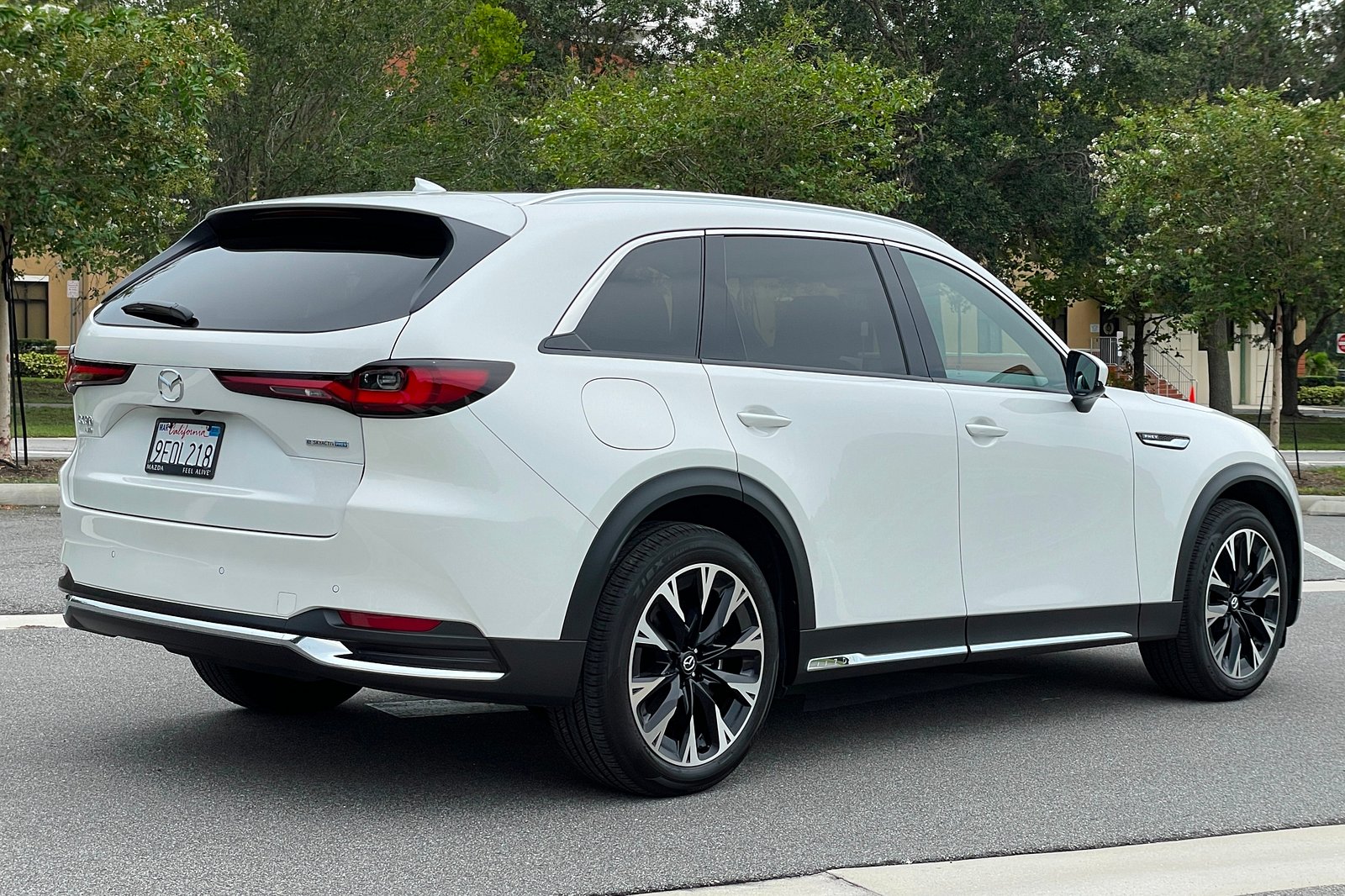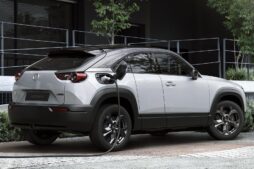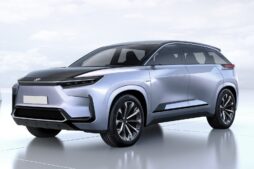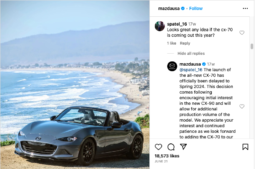2030 EV Line-Up Expansion, No Rush
Mazda is presently falling short in the electric vehicle stakes compared to its contenders, however, the Japanese label is girding itself to start an electrifying offensive.
Masahiro Moro, CEO of Mazda, recently shared the company’s electric vehicle (EV) strategy with Automotive News. He referred to Mazda as an “intentional follower” in the EV segment. “One of the big issues for us is demand is uncertain,” said Moto. “In the current market, the reality for electrification, in particular for battery EVs, is the pace is not that high. So, we may start a little slower in terms of the ramp-up. Not necessarily in terms of timing but the ramp-up.”
Mazda’s electric car lineup includes the MX-30 and CX-90 plug-in hybrid vehicles. Unfortunately, the former is going to be removed – it failed to sell well due to its awkward design and limited range. Right now, EVs make up less than 1% of Mazda’s global year-to-date sales from September. Despite this, they are optimistic that EV proportions will rise to somewhere between 25%-40% by 2030.

Moro has made the claim that there is a waning interest in electric cars in both domestic and international markets. A collection of American dealerships have echoed Moro’s comments, further reinforcing the opinion that a switchover to electric vehicles should not be hastily done.
Mazda’s performance in sales has been quite impressive. Even without a single electric model in its roster, the revenue acquired has remained stable, and President Moro predicts that Mazda might exceed six hundred thousand cars sold to North American customers by 2025. Nevertheless, in terms of electrification, the CEO expressed his company’s intent to wait and observe how the market will proceed.
“The coming decade is the dawn of electrification, and we must traverse this bumpy road. We must take into account what the customer needs and wants; currently, they are in search of different options besides battery electric vehicles,” he noted. This is why Toyota and BMW are investigating alternative energies, such as hydrogen, for example.

By 2030, Mazda foresees having a lineup of seven or eight solely electric-powered vehicles. Crafted, manufactured, and distributed by the newly-created e-Mazda division, different crossovers shall be able to access this new scalability in platform. Nevertheless, owing to the difficulty in creating cost-effective small EVs, it’s likely the company will abstain from developing compact automobiles.
Moro proclaimed that engineers are presently assessing providing three motor sizes, with a primary concern of making Mazda’s electric vehicles lightweight and more affordable than predicted. The enterprise has sought out three battery providers, including Panasonic and Envision AESC Japan. The third one is Prime Planet Energy & Solutions, a venture jointly owned by Panasonic and Toyota.
Mazda is likely to establish fabrication facilities in the United States so they can take advantage of the incentives available for EVs. Although they will begin manufacturing these cars in Japan at first, they seek to also capitalize domestically.
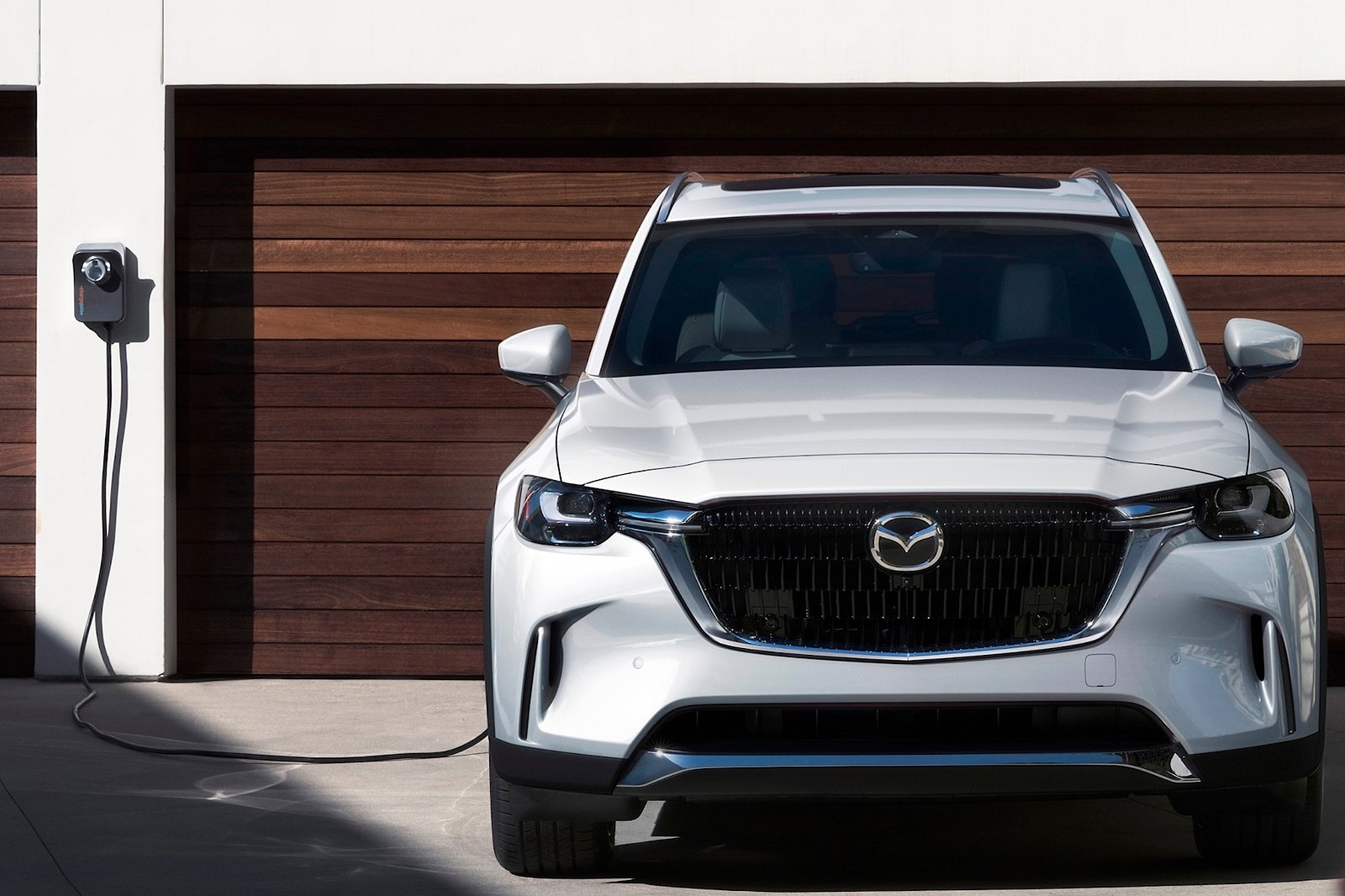
“When conversations about electrification come up, people tend to focus on the technology and production. However, I’m of the opinion that it’s equally important to consider the business strategy, financials, and collaboration with other suppliers and OEMs. We have to take all of these elements into account in order to get a complete picture. That’s the objective. We have created a one-stop shop to bring all these pieces together,” Moro declared.
Fascinatingly, Mazda is constructing two EV support systems. A single one is specifically tailored for electric vehiculars, while the other utilizes a pre-existing framework that can potently support standard ICE and combined versions. Moreover, Mazda plans to collaborate with Toyota for bolstering thrifty measures by incorporating similar electrical designs and software setups for forthcoming EVs. Accordig to Moro, this system would be near identical to Arene OS, devised by Toyota.
It is uncertain what amount of money this will bring in for the company, but Moro states it is enough to build two new automobiles. Even with this partnership, Mazda will still keep all vehicle platform development internally. “That is to ensure Mazda remains an independent brand,” Moro noted.
